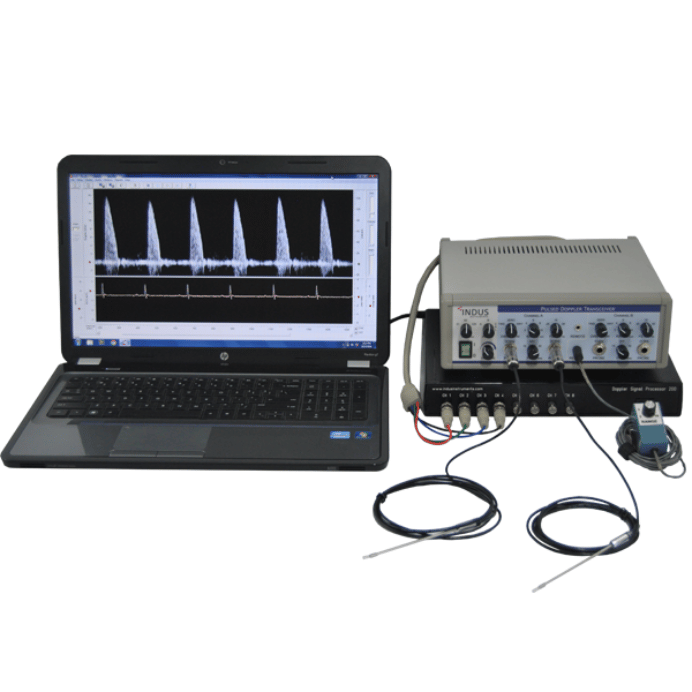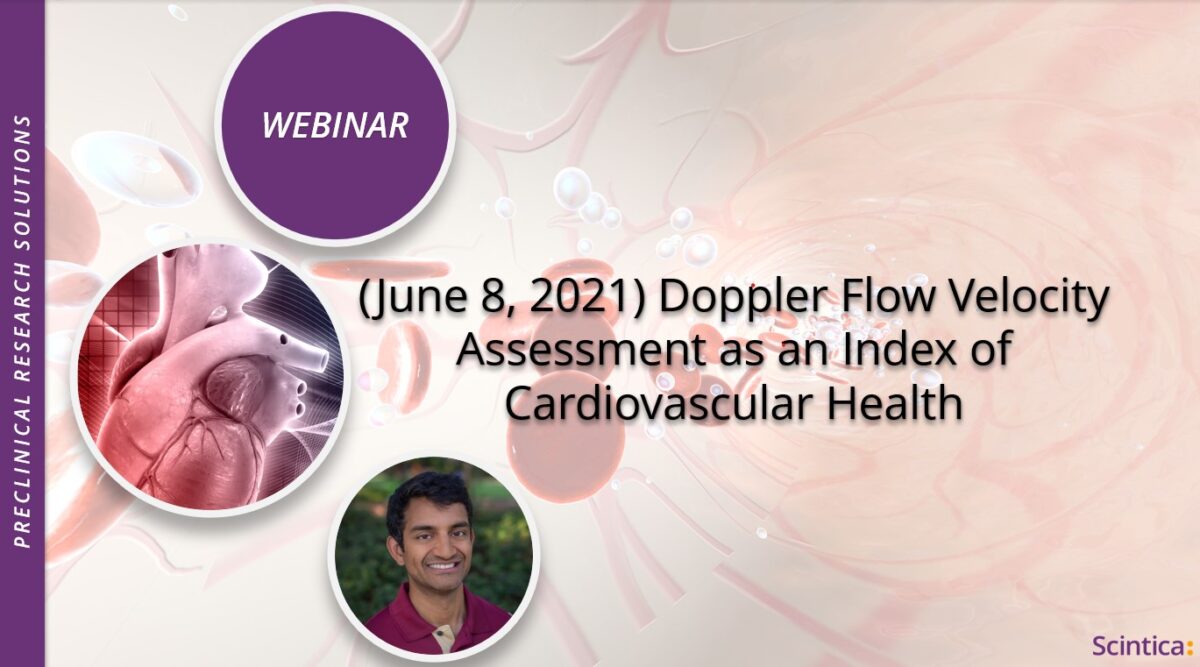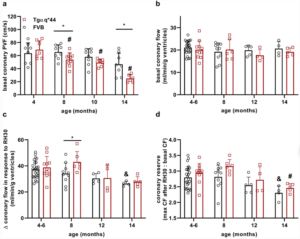Doppler Flow Velocity Imaging at Dr. Olgin’s Research Lab
- University of California, San Francisco


Dr. Jeff Olgin. “Dr. Olgin’s research lab is interested in atrial and ventricular remodeling and how these processes occur to develop a substrate for atrial fibrillation and ventricular tachycardia.
His work has demonstrated the circuit for human atrial flutter and has demonstrated the importance of atrial fibrosis as a cause for atrial fibrillation. He is currently interested in how TGFß signaling is regulated in the atria to produce atrial fibrosis and atrial fibrillation. His lab is translational in that he utilizes a spectrum of techniques and studies that span from mouse, large animal physiologic models, human tissue, human biomarkers and genetic approaches to understanding the disease. He also has active studies in understanding the remodeling that occurs in the ventricle in the setting of heart failure and myocardial infarction to create the substrate for sudden death and ventricular tachycardia and fibrillation.”
**All data shown was acquired from Dr. Jeff Olgin’s lab using the Doppler Flow Velocity System.
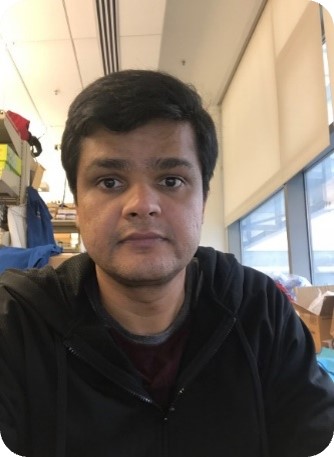
Junaid Afzal – Associate Professional Research. “I investigate cellular crosstalk, cell-matrix interactions, and nanotopography of the cardiac microenvironment to understand the molecular and metabolic determinants of fibrosis in the heart.”
**All data shown was acquired from Dr. Jeff Olgin’s lab using the Doppler Flow Velocity System.

Emily Wilson – Lab Manager. “Emily started working with Dr. Olgin June 2000 in Jeff’s lab at Indiana University Krannert Institute of Cardiology. In June of 2003 Emily moved west to join Jeff in his lab at UCSF and hasn’t looked back. When she’s not in the lab she’s with her family or hiking the many trails around the Bay Area.”
**All data shown was acquired from Dr. Jeff Olgin’s lab using the Doppler Flow Velocity System.
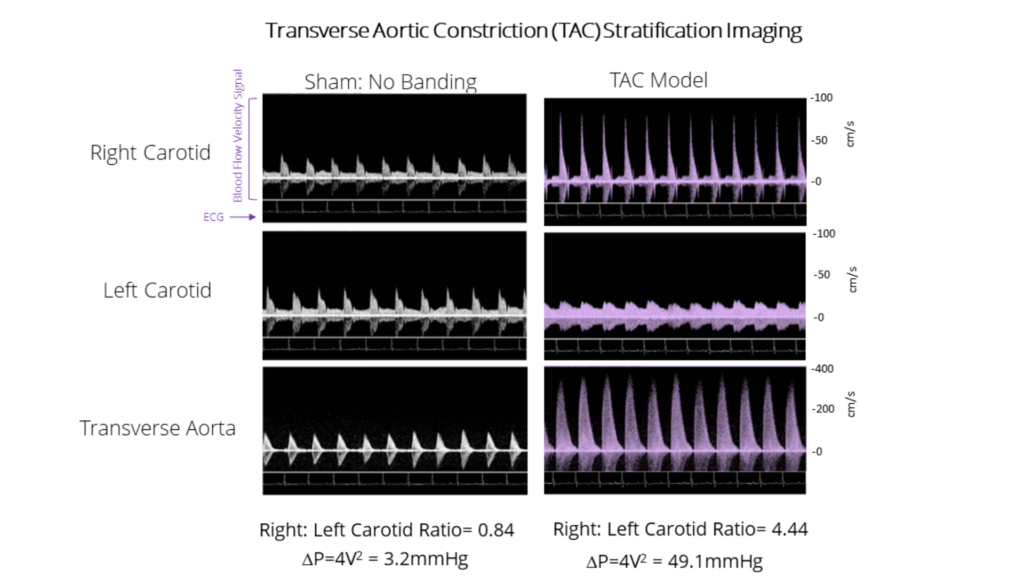
These Doppler Flow Velocity images were acquired live using C57B6 mice at the Smith Cardiovascular Research at the University of San Francisco. With analysis, we get the right to left carotid ratio and the change in pressure in that vessel (P) all of which can be used to stratify the severity of TAC models, which will have jet stenosis of the right carotid and transverse aorta with reduced blood flow to the left carotid. *Each signal was acquired using the Doppler Flow Velocity System and analyzed using at least four pulses. Shown are the averaged measurements. Pseudocolor was added for contrast purposes between SHAM and TAC models.
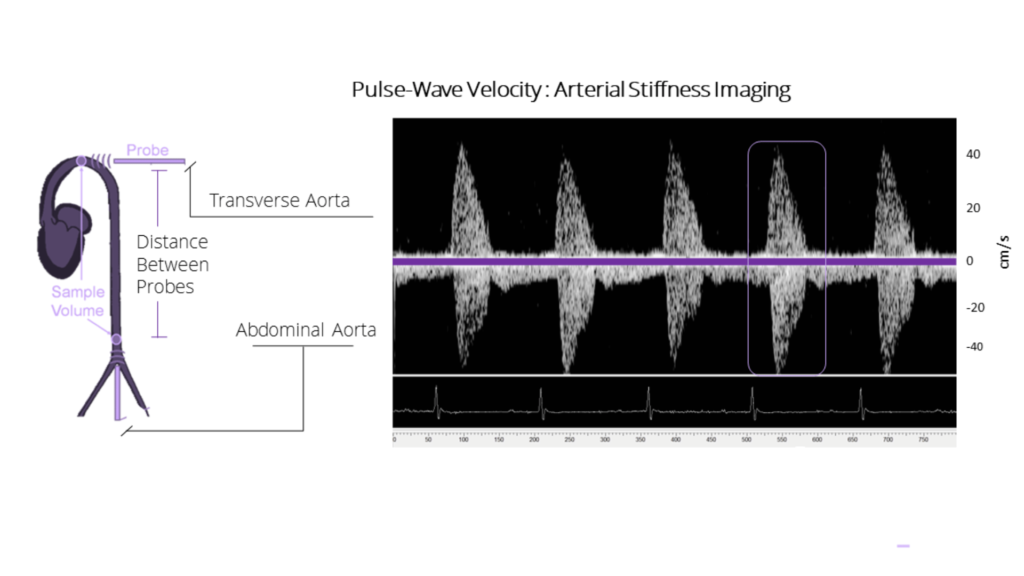
Pulse-Wave Velocity =
Distance Between Probes (mm)
Transit time of the velocity pulse from site 1 to site 2 (ms)
These Doppler Flow Velocity images were acquired live using C57B6 mice at the Smith Cardiovascular Research at the University of San Francisco. Pulse-Wave Velocity (PWV) is commonly used to assess arterial stiffness. The transit time of the pulse from site 1 (transverse aorta in this example) to site 2 (abdominal aorta in this example) is measured and normalized with the distance between the probes. *Each signal was acquired using the Doppler Flow Velocity System and analyzed using at least four pulses. Shown are the averaged measurements.
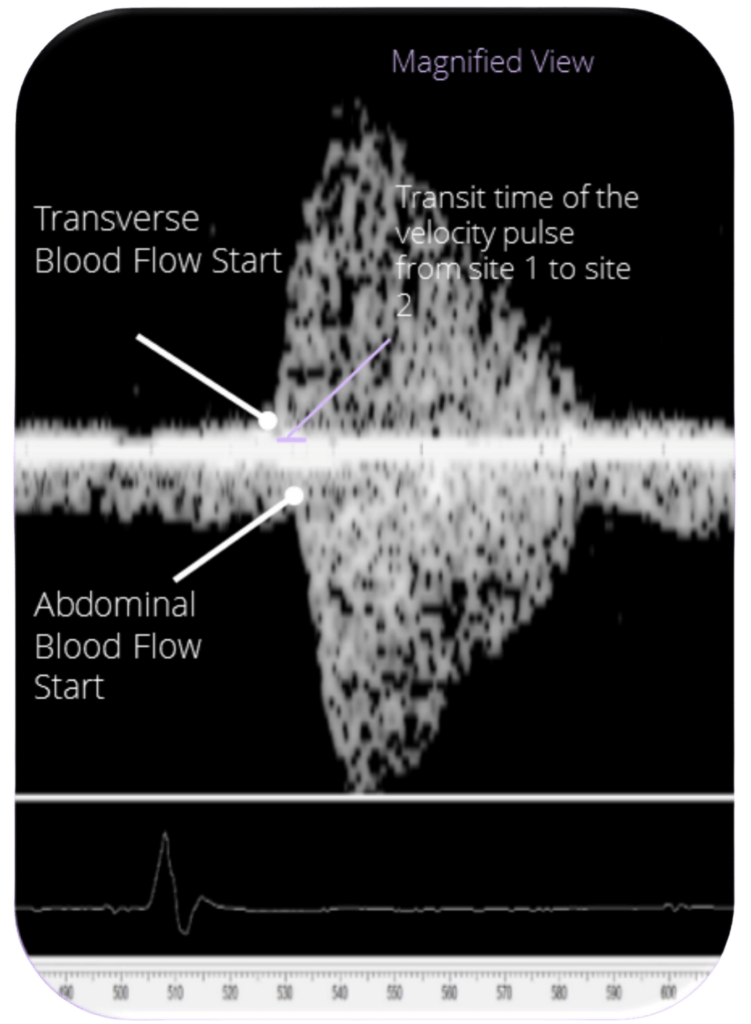
Watch Our Webinars!
Articles & Publications
Doppler Flow Velocity System
